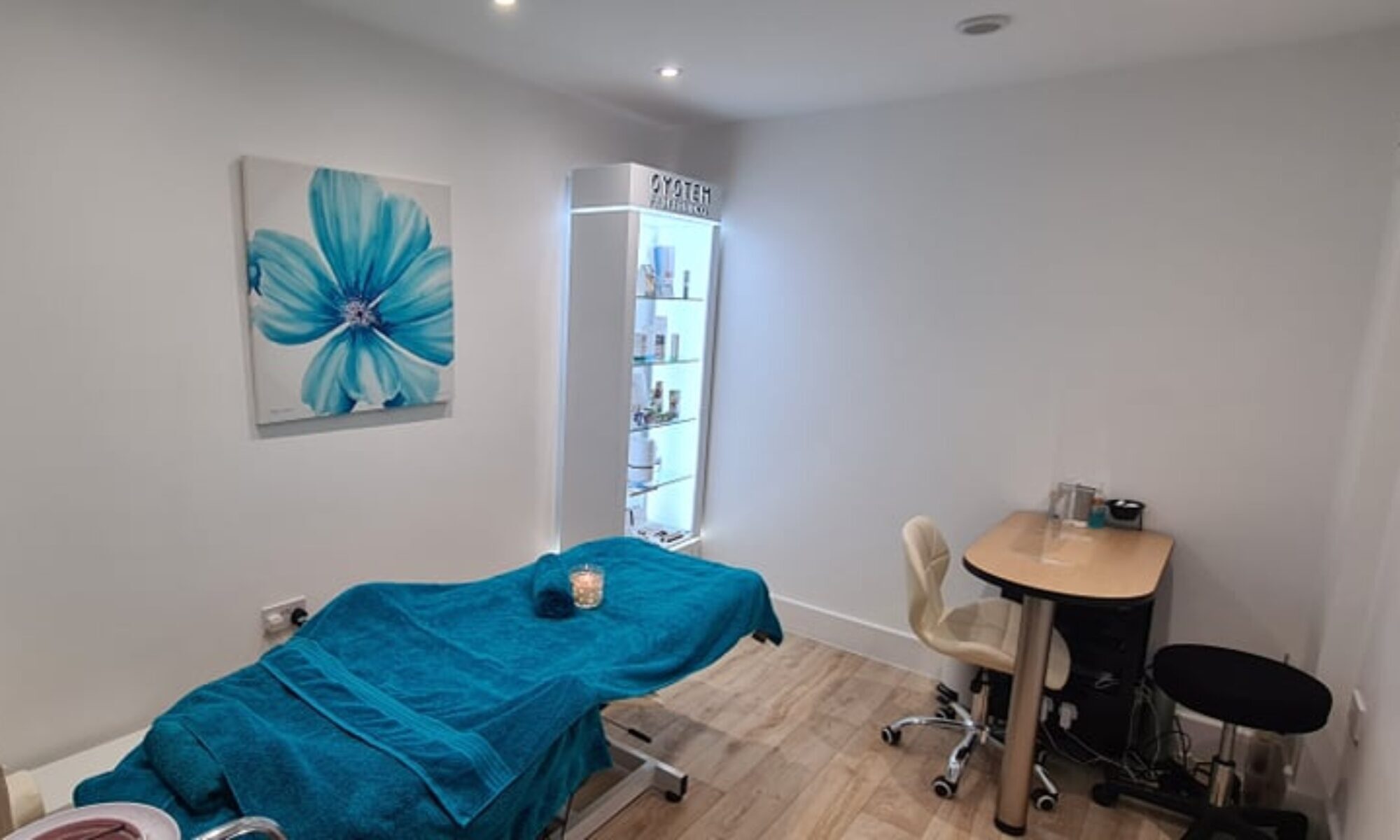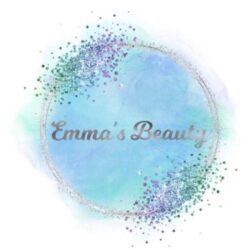If you’re considering an intimate wax for the first time — or just looking to switch things up — you may be wondering: What’s the difference between a Brazilian and a Hollywood wax?
These two treatments are often confused, but they offer very different results. In this guide, we’ll explain the key differences, what to expect during each, and how to decide which option is right for you.
What Is a Brazilian Wax?
A Brazilian wax removes hair from the front and middle of the bikini area, including the labia and inner buttocks. However, a small amount of hair is typically left at the front, such as a triangle, strip, or custom shape — depending on your preference. A Brazilian wax is ideal if you want to feel smooth but still leave a neat patch of hair.
Common reasons clients choose Brazilian waxing:
- You like a bit of hair left for personal comfort or style
- You want thorough hair removal for hygiene or convenience
- You’re planning a holiday, special occasion, or want a long-lasting groomed look
What Is a Hollywood Wax?
A Hollywood wax takes it all off — completely hair-free from front to back, including the labia and between the buttocks. This treatment leaves no hair at all in the bikini area, giving you a sleek, smooth finish. It’s a great option if you prefer to feel totally bare and fresh.
Common reasons clients choose Hollywood waxing:
- You prefer a completely smooth look and feel
- You want a clean slate for personal hygiene or confidence
- You’re wearing lingerie, swimwear, or gym gear and want no hair peeking out
Which One Should You Choose?
The right choice depends on your personal preference, lifestyle, and comfort level. Still unsure? That’s okay — Emma will happily discuss your goals and guide you toward the best option during your appointment. Whether you choose Brazilian or Hollywood waxing, here’s what you can typically expect:
- A private, professional setting where you feel comfortable and respected
- A consultation to discuss your preferences and any concerns
- High-quality wax and hygiene standards
- Aftercare tips to help prevent irritation and keep your skin smooth
Final Thoughts
Both Brazilian and Hollywood waxing are excellent options for long-lasting smoothness and a boost in confidence. The best choice is the one that makes you feel comfortable, clean, and confident in your own skin. If you’re in Tilehurst or the Reading area and looking for a friendly, experienced therapist, Emma is here to help.
Book your waxing appointment today or reach out if you have any questions — your comfort and satisfaction come first.




